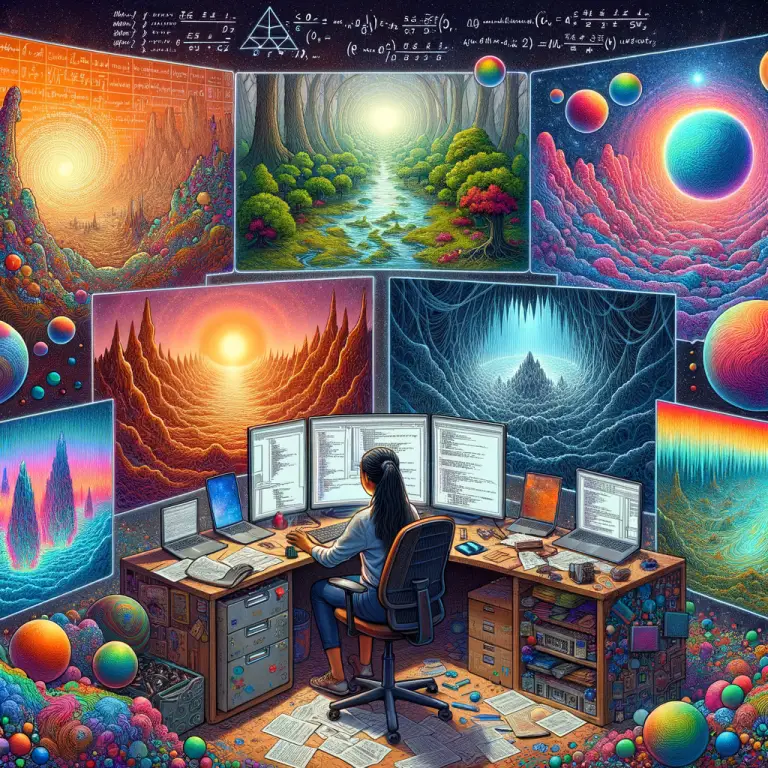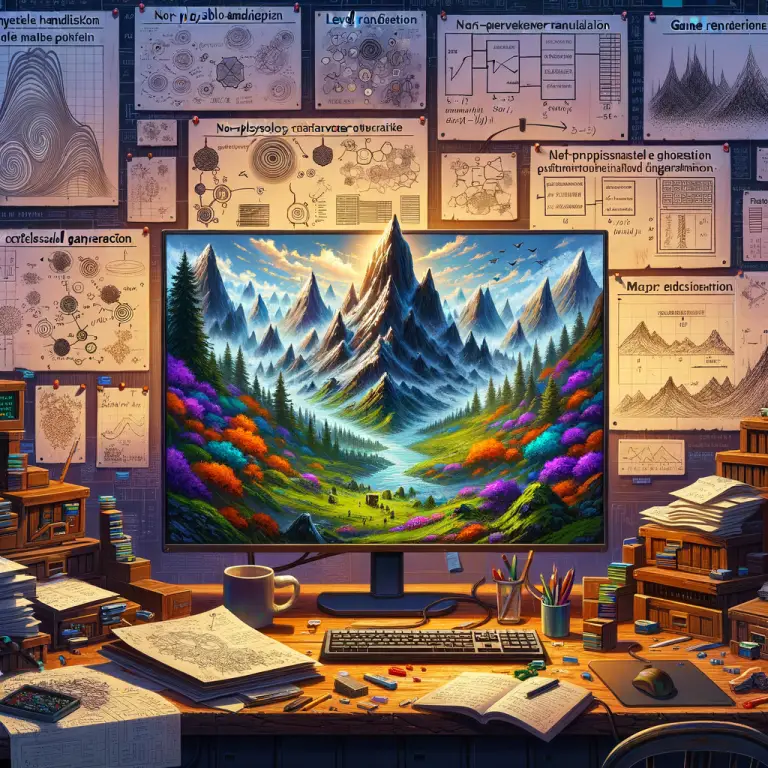
Introduction to Soft Body Simulation
Soft body simulation is a ground breaking technology that has revolutionized the way we perceive virtual objects. Unlike rigid body simulation, which deals with solid objects, soft body simulation mimics the physical properties of deformable materials. This allows for more realistic interactions and visualizations in various applications, from video games to medical imaging.
The core principle behind soft body simulation is the use of algorithms and mathematical models to predict how materials should behave under different forces. This is crucial for creating lifelike animations and interactions in digital environments. By simulating the elasticity, plasticity, and viscosity of real-world materials, developers can achieve a level of realism that was previously unattainable.
Applications of Soft Body Simulation
Video Games and Entertainment
The gaming industry has been one of the earliest adopters of soft body simulation. Games increasingly rely on this technology to enhance player immersion by providing more lifelike physics and interactive environments. Titles such as “BeamNG.drive” have showcased the potential of soft body physics in delivering realistic car crashes and deformations.
Beyond gaming, movies and virtual reality experiences also benefit from soft body simulations. Animators use these simulations to create characters and scenes that move and react naturally to their surroundings, adding depth to storytelling.
Medical Imaging and Training
In healthcare, soft body simulation plays a vital role in medical training and imaging. Surgeons can practice procedures on virtual models that mimic human tissue’s properties, providing a risk-free environment to hone their skills. This technology also aids in developing more accurate diagnostic tools by simulating how tissues respond under different conditions.
The ability to simulate organs’ behaviour with high fidelity helps in conducting complex procedures and planning surgeries with greater precision. As a result, patient outcomes improve significantly, demonstrating the profound impact of soft body simulation on healthcare.
The Science Behind Soft Body Simulation
The mathematics behind soft body simulation involves differential equations that describe motion and deformation. These equations account for material properties such as Young’s modulus, which measures stiffness, and Poisson’s ratio, which describes how materials expand or contract under stress.
Numerical methods like finite element analysis (FEA) are commonly used to solve these equations. FEA divides a model into smaller parts or elements, making complex calculations more manageable. This approach allows for precise simulations of how forces affect materials on a micro scale.
The Future of Soft Body Simulation
The future holds immense potential for soft body simulation as computational power continues to grow. With advancements in machine learning and artificial intelligence, simulations are becoming more efficient and accurate. These technologies can learn from vast datasets to predict material behaviour with unprecedented accuracy.
The integration of soft body simulations in augmented reality (AR) applications is particularly promising. Imagine trying out furniture in your living room or testing fashion products virtually before making a purchase decision—all possible through realistic simulations made possible by this technology.
Choosing the Right Tools for Soft Body Simulation
For those interested in exploring soft body simulation further, several software tools are available. Autodesk Maya offers robust features for animators seeking detailed physics-based modelling. For engineers or researchers focusing on scientific applications, COMSOL Multiphysics provides comprehensive capabilities for simulating material interactions.
Conclusion
The impact of soft body simulation extends beyond mere aesthetics; it fundamentally changes how we interact with digital content across industries. From gaming to healthcare, its applications are vast and growing rapidly. As technology evolves further, the line between virtual and reality continues to blur thanks to innovations like these.



